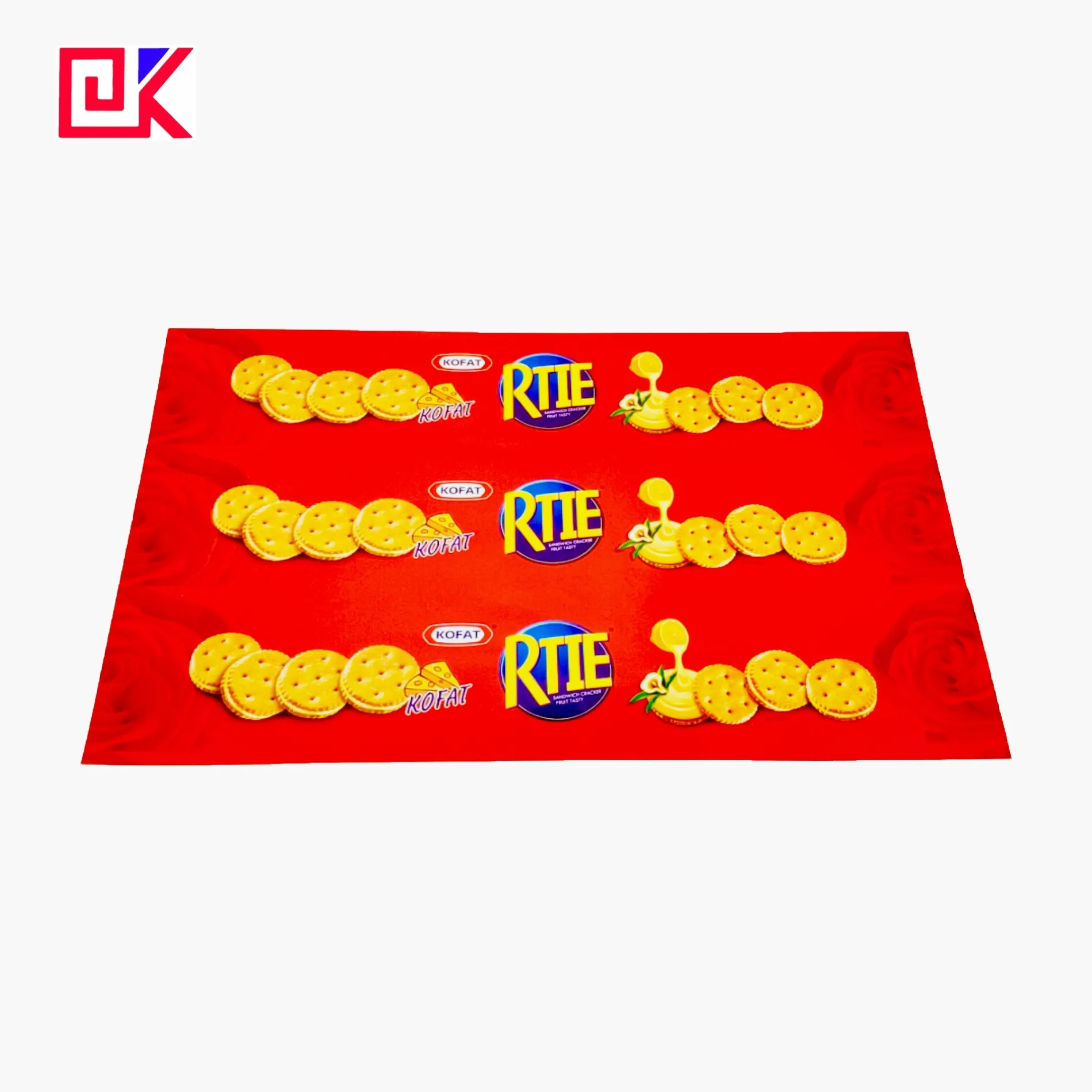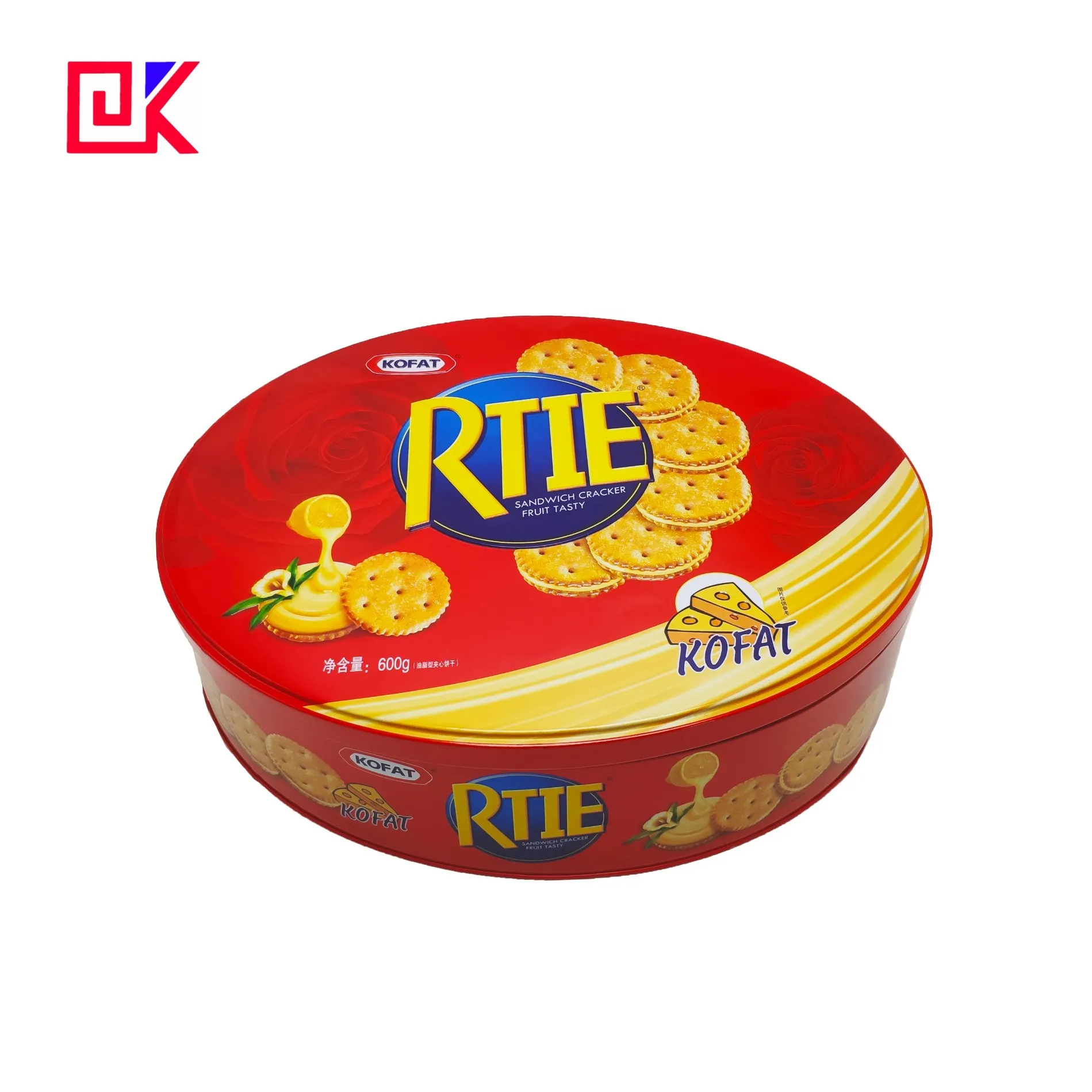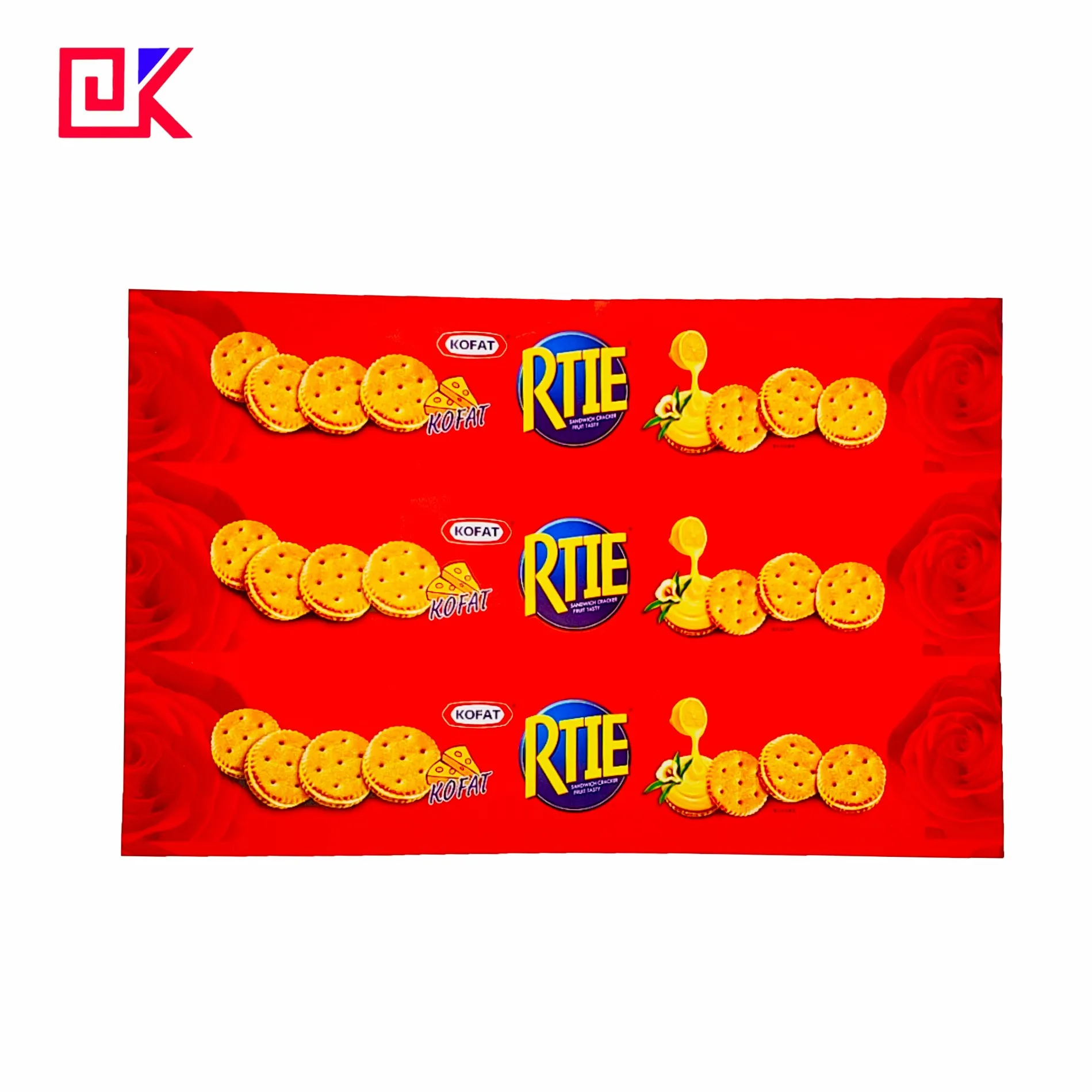The canning and packaging industry is one of the indispensable industrial chains in modern society, especially in the fields of food, beverages, cosmetics and chemicals. The choice of packaging materials is directly related to the shelf life, transportation conditions and market competitiveness of the products. As a long-standing and durable packaging material, tin plate sheet occupies an extremely important position in the canning industry. So why does the canning and packaging industry prefer to use tinplate sheets?
This article will analyze the wide application of tin plate sheets in the canning industry and the reasons for its popularity from multiple perspectives such as material properties, processing advantages, environmental protection characteristics and economic benefits.

What are the physical and chemical properties of tinplate sheets?
To understand why tin plate sheets are so popular in the canning and packaging industry, we must first understand its physical and chemical properties. Tinplate sheet is a tin-plated thin steel sheet with a thin layer of tin on the surface, which plays an anti-corrosion role.
Anti-corrosion
The canning industry, especially the production of food and beverage cans, has extremely high requirements for the corrosion resistance of packaging materials. Tinplate sheet is endowed with excellent anti-corrosion properties due to the tin layer on its surface. As a metal with extremely strong chemical stability, tin can effectively prevent iron or steel from reacting with oxygen, moisture in the air, and acidic or alkaline components in the product, thereby avoiding rust or oxidation.
This anti-corrosion property allows tin plate sheet to extend the shelf life of products in canning packaging, ensuring that the food or beverage in the can can remain fresh for a long time and will not contaminate the contents due to corrosion of the packaging material. For some products that need to be stored for a long time, such as canned food and soft drinks, the anti-corrosion properties of tin plate sheet are undoubtedly a great advantage.
High strength and durability
The core material of tin plate sheet is steel, which has high strength and durability. Compared with other lightweight metal materials such as aluminum, steel has stronger mechanical properties and can withstand higher external pressure. This high-strength characteristic allows tinplate sheet packaging to not only withstand mechanical shocks during transportation and stacking, but also effectively prevent deformation, breakage and other problems that occur during circulation, ensuring the safety of the product in the can.
In addition, the high strength of tinplate sheet also allows it to provide higher compression resistance at the same thickness, allowing the canning industry to use thinner materials without sacrificing the overall strength of the packaging, which helps to reduce material costs.
Good sealing performance
A core function of packaging is to ensure the isolation of the contents from the external environment, to prevent oxygen, moisture and other harmful substances from entering the packaging and causing the product to deteriorate. Tin plate sheet has good sealing performance, especially when canning food, beverages and chemicals, its airtightness can effectively prevent the influence of the external environment, and ensure that the products in the can will not deteriorate due to moisture and oxidation.
In the production of canned food, the sealing performance of tin plate sheet is particularly important, because it can effectively prevent the invasion of bacteria and other microorganisms, thereby ensuring the safety and shelf life of food.
What are the processing advantages of tinplate sheet?
In addition to the physical and chemical properties of the material itself, tinplate sheet also has significant advantages in the processing process, making it an ideal choice in the canning industry.
Easy to process and shape
As a metal material, tinplate sheet has good plasticity and ductility. In the production and canning process, tinplate sheet can be processed by stamping, cutting, bending and other processes, and easily formed into cans of various specifications and sizes. This allows tin plate sheets to adapt to the packaging needs of different products, whether it is a large food can, beverage can, or a small cosmetic box, it can be achieved by processing tin plate sheet materials.
This easy processability not only improves production efficiency, but also reduces production costs, making tin plate sheet the material of choice for the canning industry.
Suitable for printing and decoration
In the modern consumer market, packaging is not only for product protection, but also visual appeal is equally important. The smooth texture and uniform tin layer on the surface of tinplate sheet make it very suitable for a variety of exquisite printing and decoration. The canning industry can use advanced printing technologies such as offset printing and gravure printing to print colorful patterns, brand logos and product information on the surface of tinplate sheet, thereby enhancing the market appeal of the product.
Compared with other packaging materials, the surface of tinplate sheet can not only maintain the bright colors and detail clarity of the printing, but also effectively prevent the printed pattern from falling off and fading during transportation and use. This is particularly important in the highly competitive market, and exquisite packaging is often the first step to attract consumers.

What are the environmental characteristics of tinplate sheet?
With the increasing attention paid to environmental issues around the world, the canning industry is increasingly inclined to environmentally friendly and sustainable solutions when choosing packaging materials. The environmental advantages of tin plate sheet are also an important reason for its popularity.
Strong recyclability
Tinplate sheet is a highly recyclable material. Due to the nature of its steel and tin layers, tin plate sheet can be fully recycled and the energy consumption during the recycling process is relatively low. Compared with non-degradable materials such as plastics, tin plate sheet has a high recycling value and will not cause long-term pollution to the environment.
In many countries and regions, the steel recycling system has been very complete, and discarded tinplate sheet cans, beverage cans, etc. can be effectively recycled and reused in steel manufacturing, thereby reducing the demand for raw materials and the waste of resources. The canning industry chooses tin plate sheet as a packaging material, which can greatly improve the sustainability of production and meet the current social requirements for environmental protection and sustainable development.
Reduce waste
The high strength and durability of tin plate sheet make it difficult to break during use, which not only improves the safety of packaging, but also effectively reduces product waste caused by packaging damage. Especially in the food and beverage industry, product damage often means waste of production resources and economic losses, and the use of tinplate sheet packaging can effectively reduce this situation.
In addition, the high durability of tin plate sheet allows it to maintain good function and appearance after multiple uses, which is a major advantage for packaged products that need to be opened multiple times. Multiple uses without affecting the quality of the packaging not only save resources, but also reduce unnecessary waste.

What are the economic benefits and cost control of tinplate sheet?
For any industry, economic benefits and cost control are always key considerations when choosing a material. Tinplate sheet also shows unique advantages in this regard.
Relatively low material cost
Although tinplate sheet is a metal material, the production cost of tin plate sheet is relatively low compared to other high-performance materials such as aluminum alloy or stainless steel. As one of the most common metal resources on the earth, steel has abundant reserves and mature production and processing technologies, so the price of steel is relatively stable and competitive. Although the tinning process will increase certain costs, considering the corrosion protection and aesthetic effects brought by the tin layer, this added value is worthwhile.
While the canning industry is pursuing high-quality packaging, cost control is also a key factor. The use of tin plate sheet can not only meet the basic functional requirements of packaging, but also reduce material and production costs, thereby improving the economic benefits of the enterprise.
High efficiency of use
The high strength and easy processing of tin plate sheet allow it to be fully utilized in the canning process, reducing material waste and loss during processing. In addition, the plasticity of tin plate sheet means that there is no need to consume a lot of energy for complex processing during the production process, which also indirectly saves production costs and time.
In addition, the recycling rate of tin plate sheet is high, and canning companies can further reduce material procurement costs by recycling waste tinplate sheet cans for reprocessing. This efficient recycling method not only reduces resource waste, but also improves overall economic benefits.

